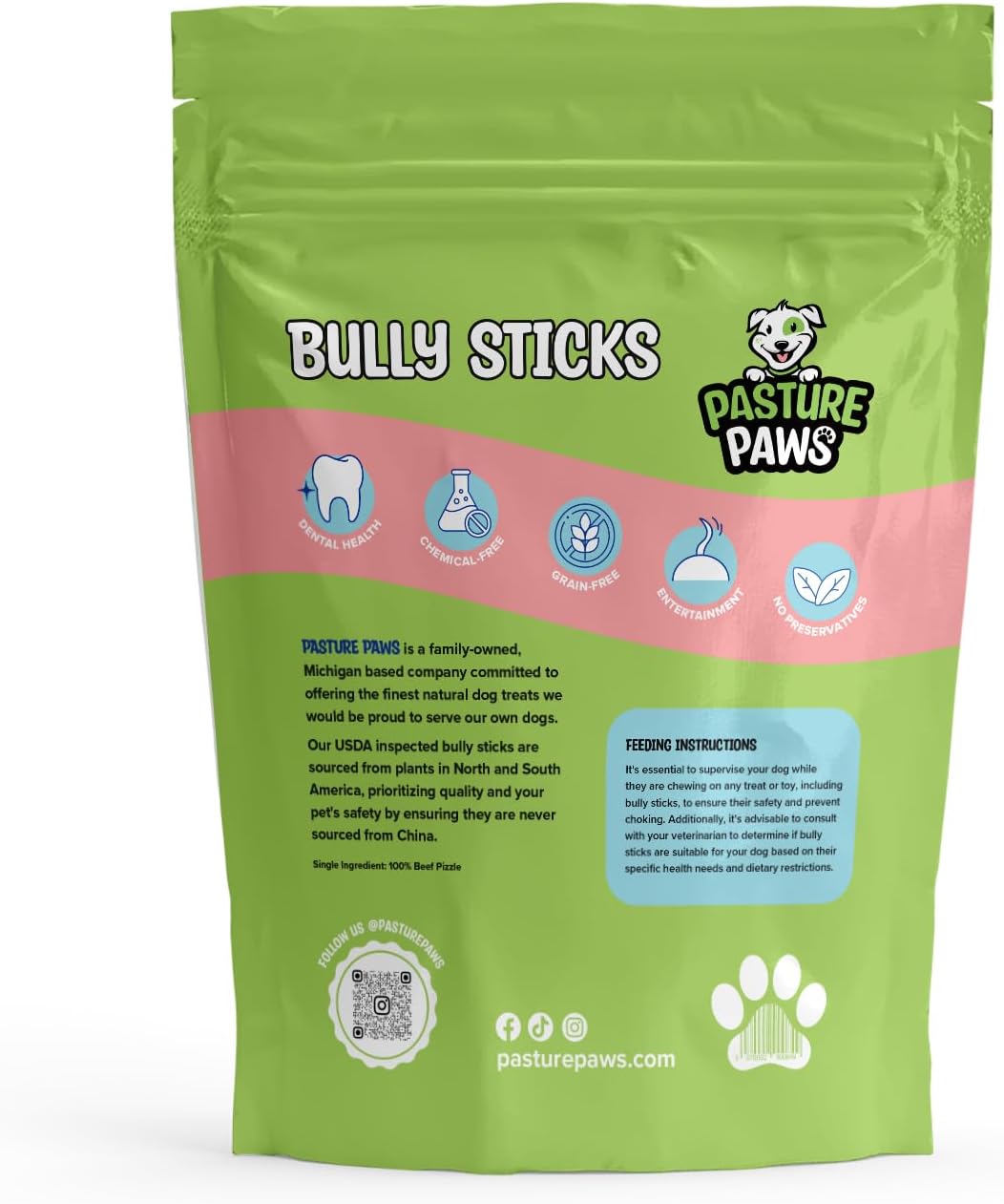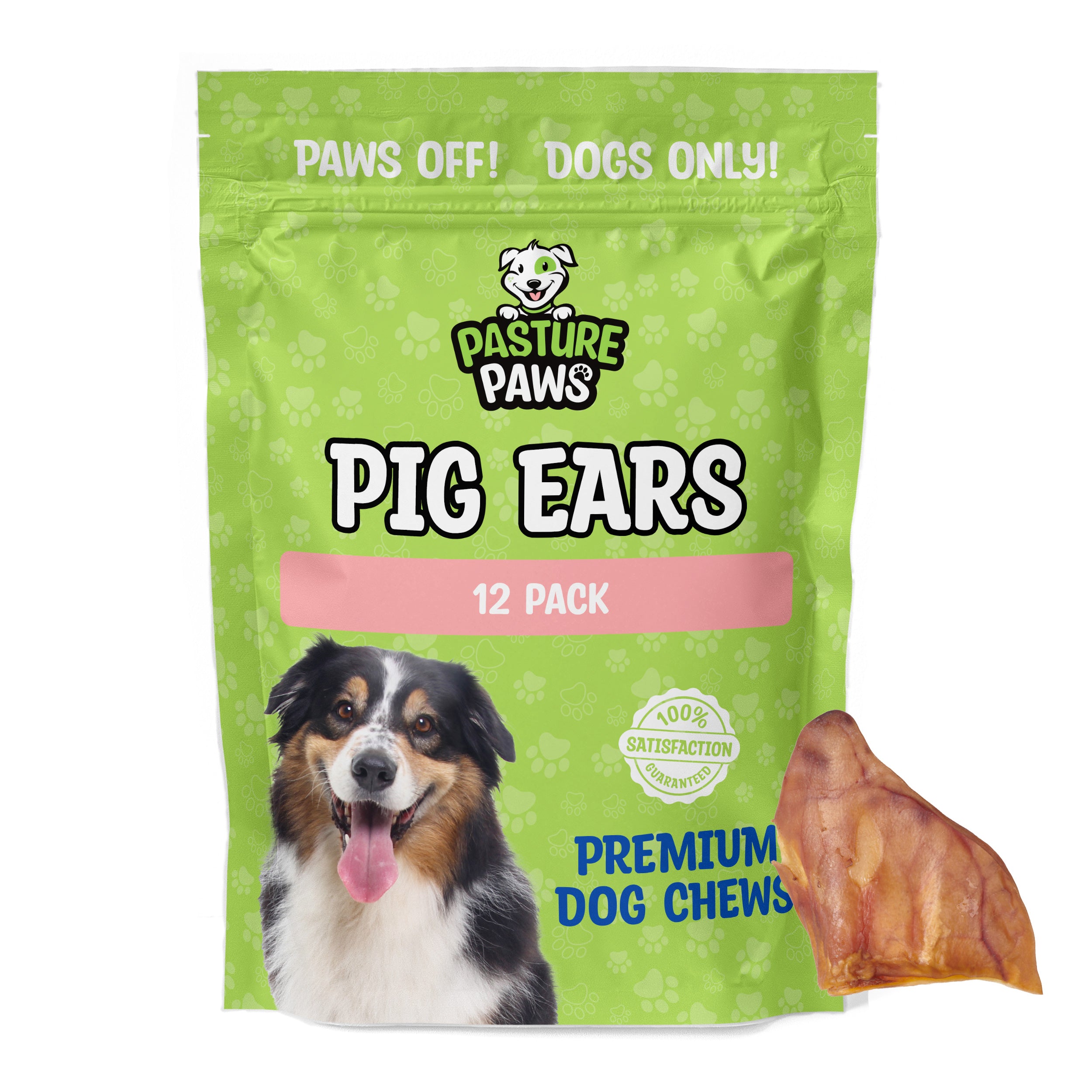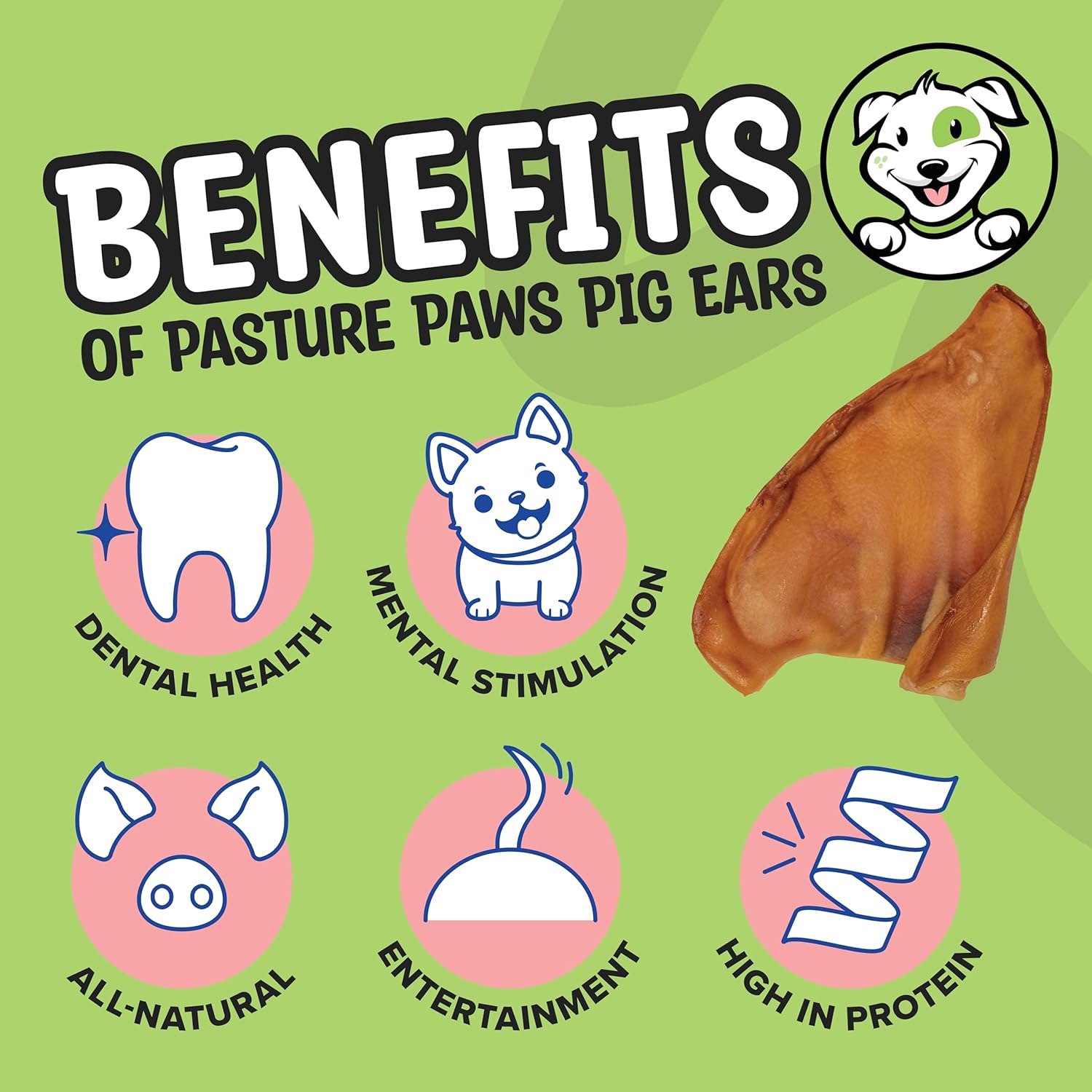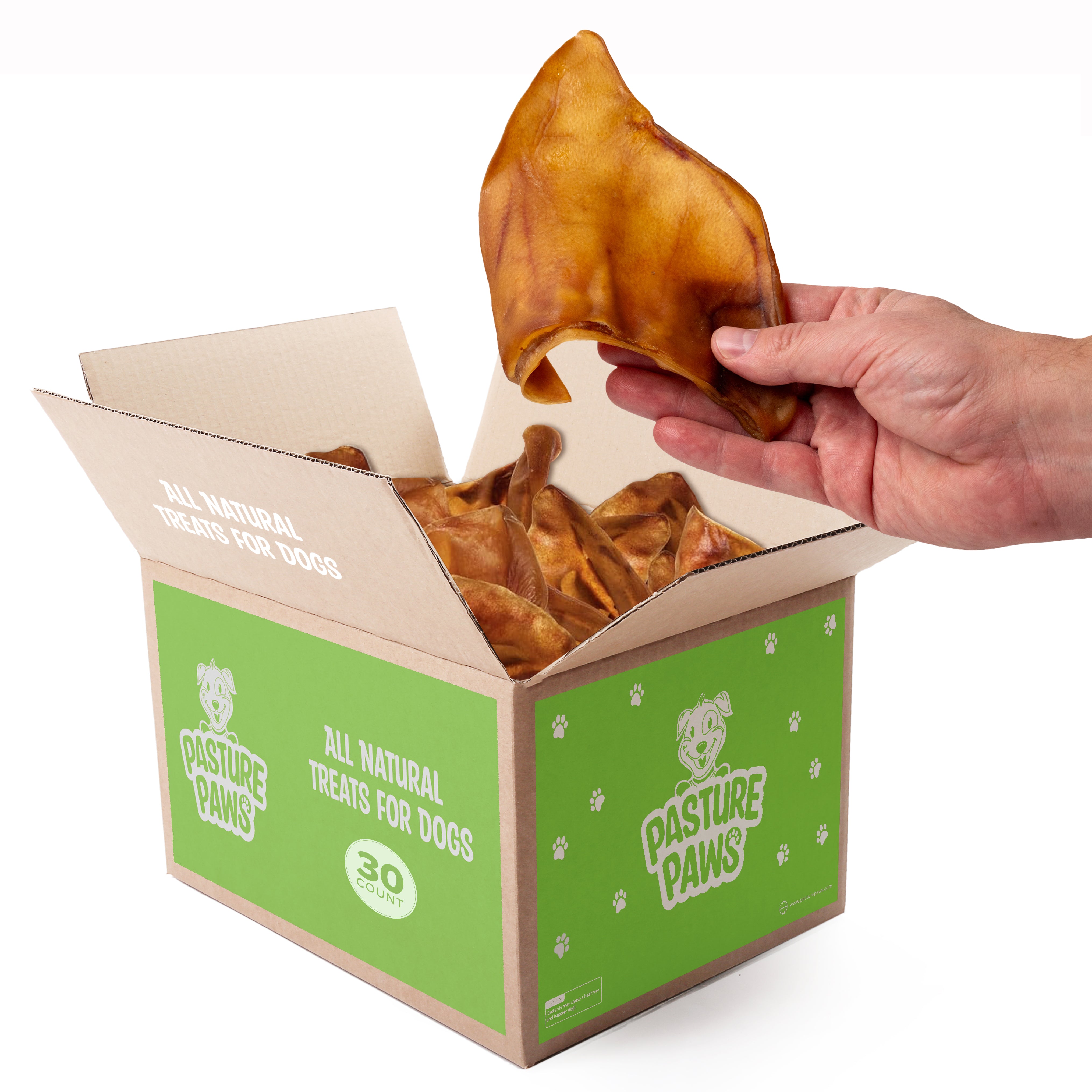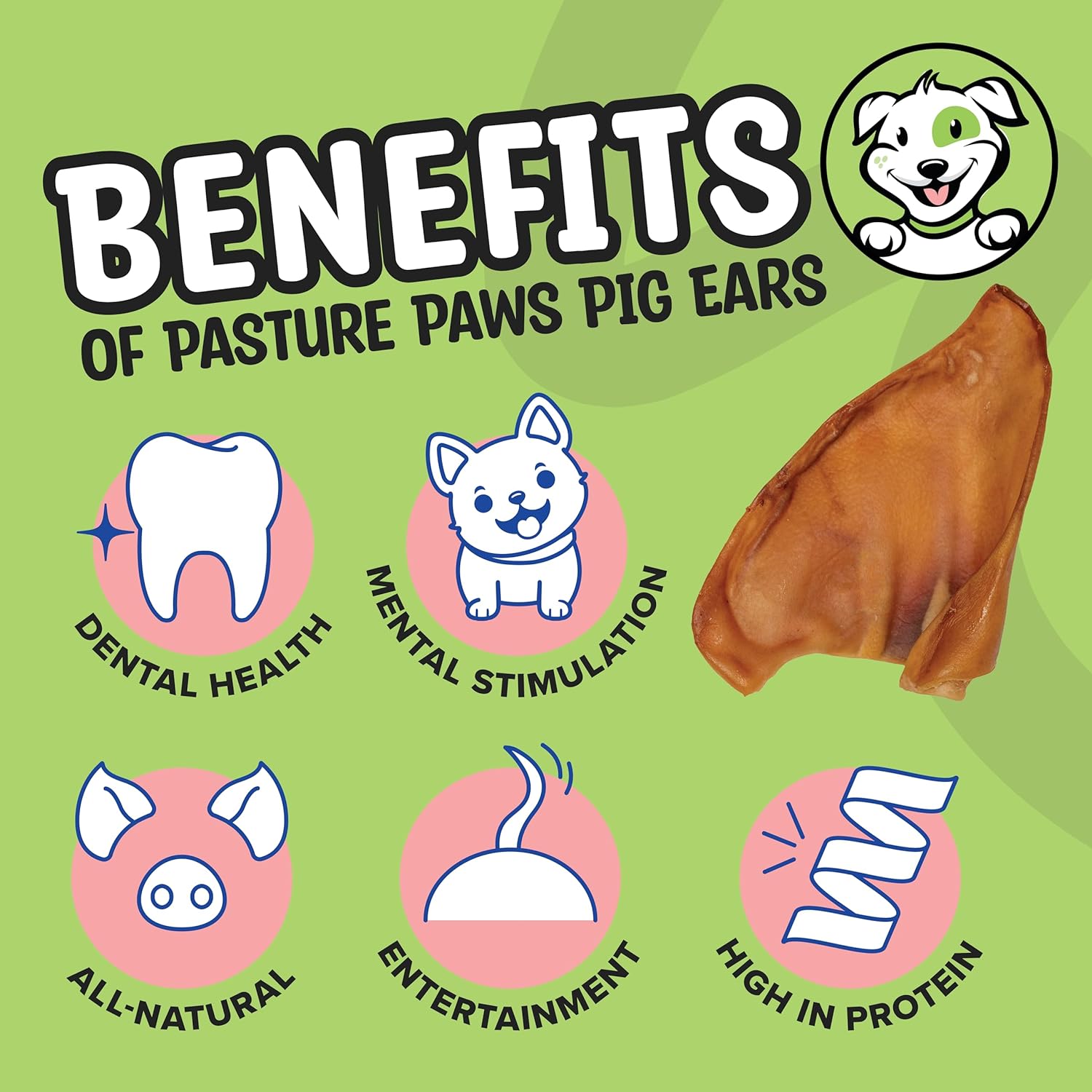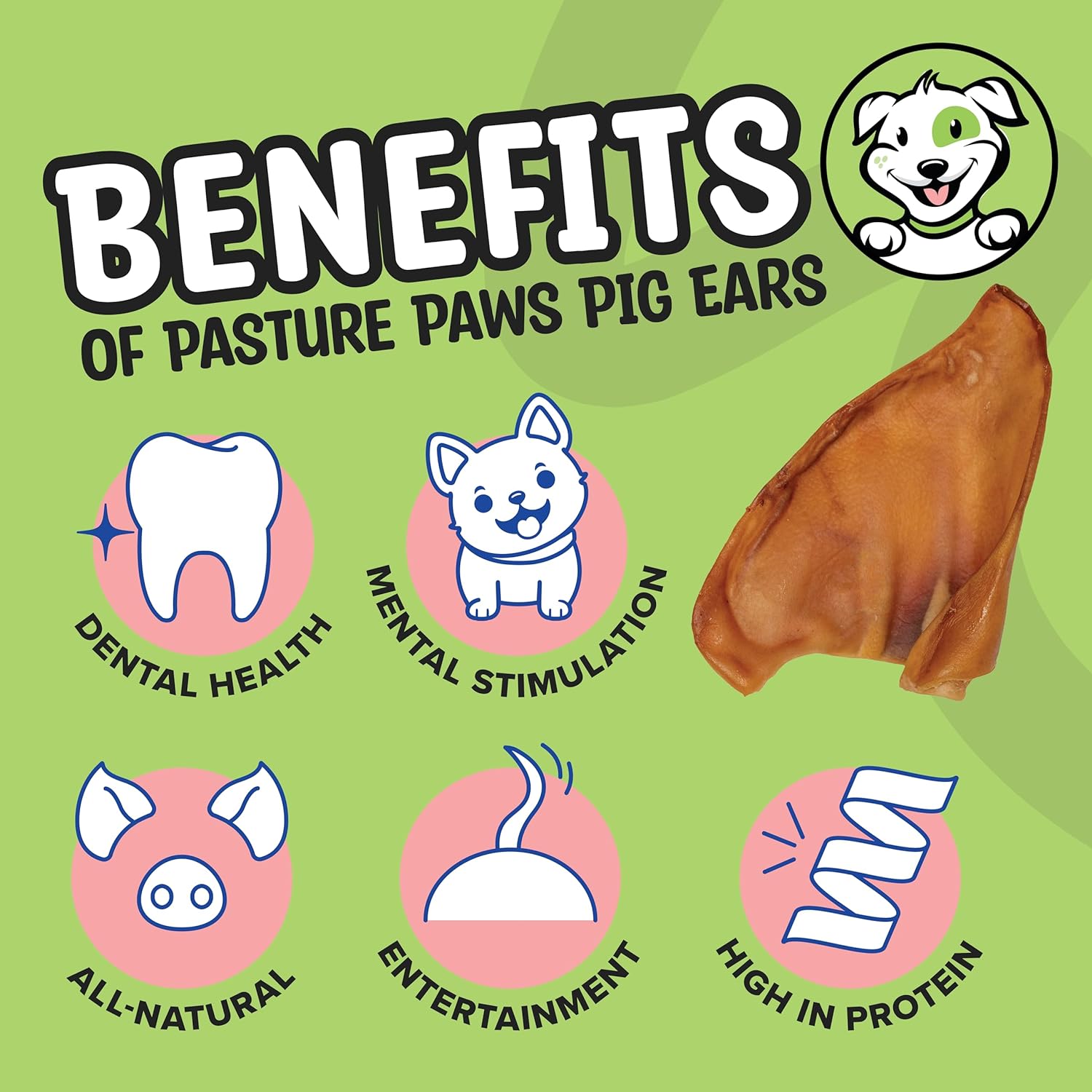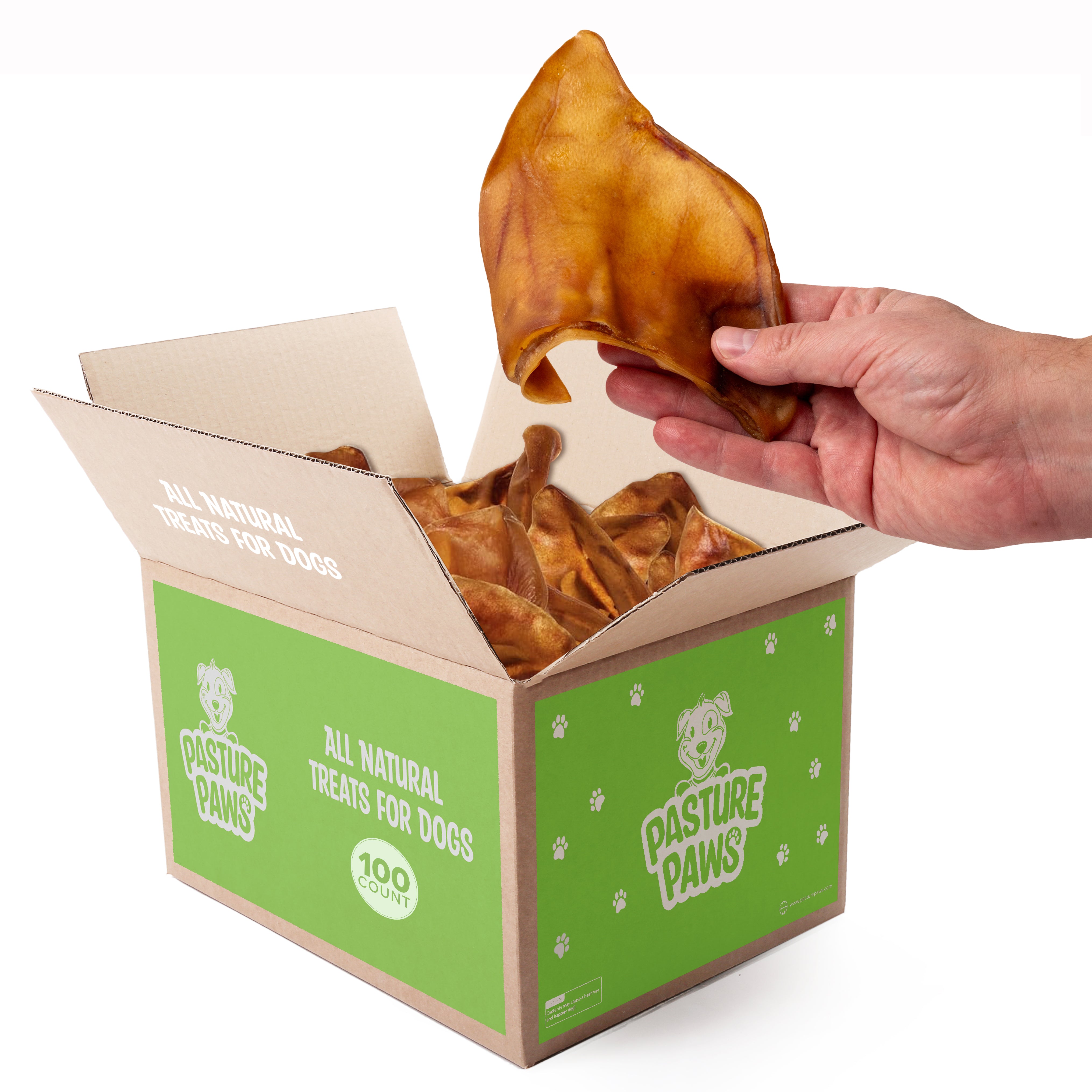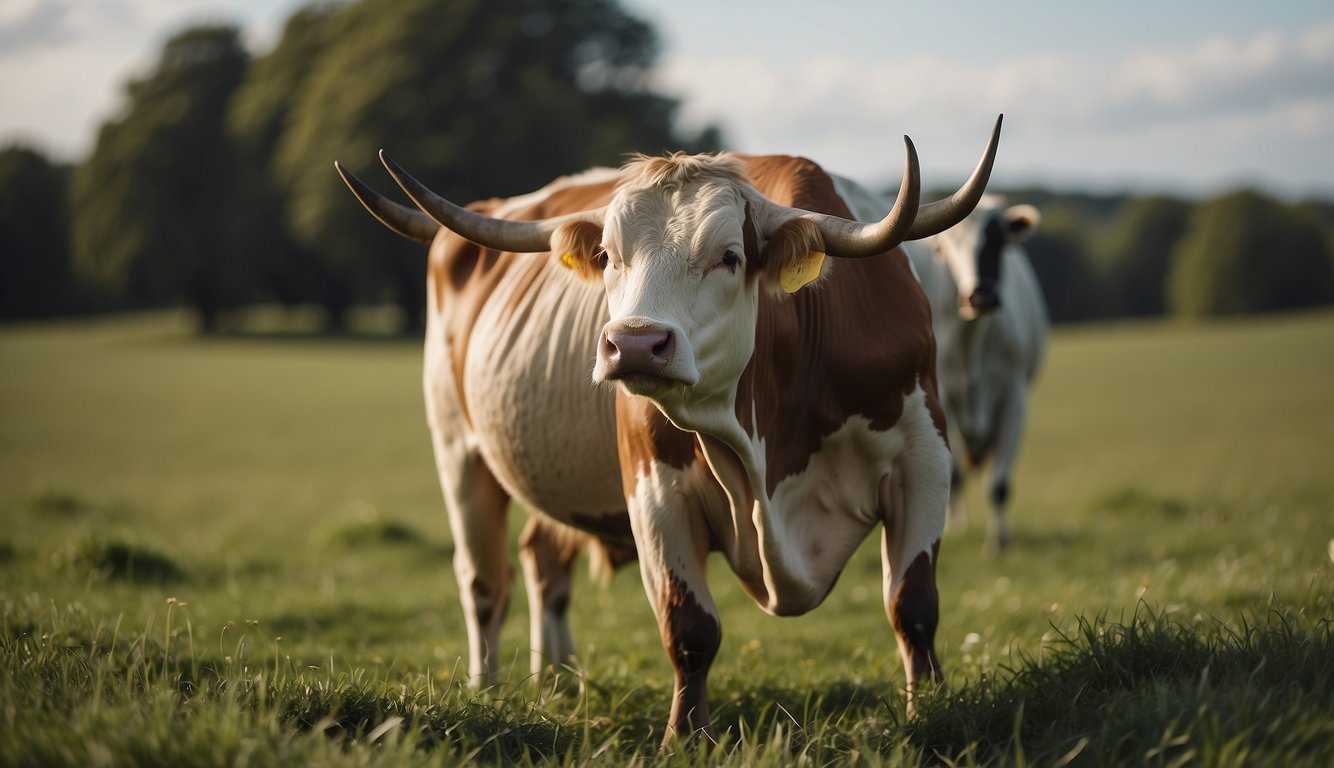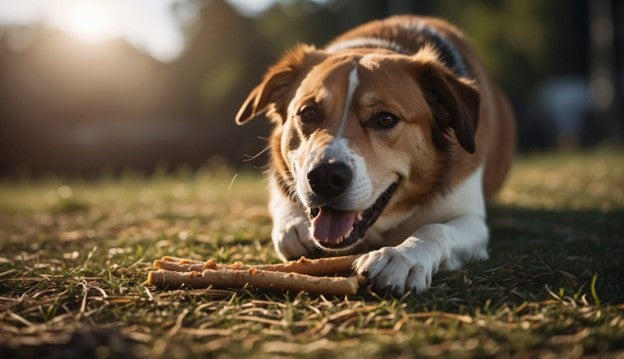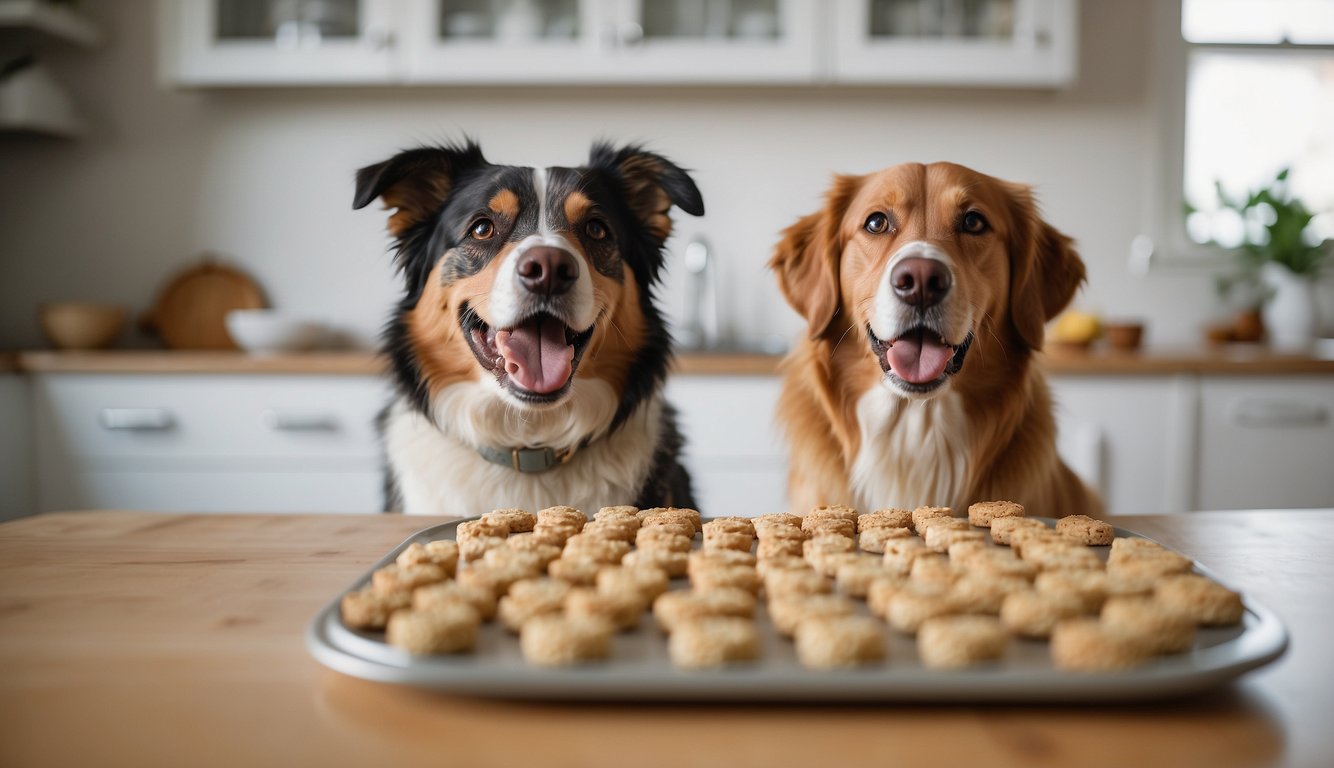Cow hooves are essential for standing, walking, and running, so it's important to know what they're made of and how to properly care for them. So, what are cow hooves made of? Cow hooves are made of a tough, fibrous protein called keratin, the same material found in human hair and nails, as well as the horns, claws, and hooves of many other animals.
The keratin in cow hooves is layered, with the outermost layer being the hardest and most durable. Cow hooves also contain soft tissues like skin and bone, which provide support and protection. Understanding this composition is crucial for maintaining your cattle's health.
Proper hoof care, including regular trimming and cleaning, prevents infections and other issues that cause discomfort and lameness. By learning about your cow's hooves and their care, you can help ensure your animals stay healthy and happy for years to come.
Understanding Cow Hooves

As you explore the composition of cow hooves, you will discover that they consist of a variety of tissues, structures, and proteins that work together to support the animal's weight and movement. You might wonder, "Are cow hooves good for dogs?" This question arises naturally when considering the potential benefits and safety of cow hooves for canine consumption.
In this section, we will delve into the various components of cow hooves and their functions.
Keratin: The Building Block
One of the primary components of cow hooves is keratin, a fibrous protein that is also found in hair, nails, and horns.
Keratin is a durable and resilient material that helps to provide structure and support to the hoof. It is formed by specialized cells in the hoof wall and sole, which produce tubules that are filled with keratin.
The Hoof Wall and Sole
The hoof wall is the outermost layer of the hoof and is made up of several layers of keratinized cells. It is responsible for providing protection and support to the hoof, and also helps to absorb shock during movement.
The sole, on the other hand, is the concave area of the hoof that comes into contact with the ground. It is also made up of several layers of keratinized cells and provides additional support and protection to the hoof.
Internal Structures and Support
While the hoof wall and sole are the most visible components of the hoof, there are also several internal structures that play a crucial role in supporting the weight of the animal.
These structures include bones, tendons, and ligaments, which work together to provide stability and balance to the hoof.
Cow Hooves: How They Work

External Anatomy of Cow Hooves
Cow hooves are made up of several segments, including the periople, corium, wall, sole, and bulb of heel. The hoof capsule is the outermost layer of the hoof, and it is made up of the wall, sole, and frog.
The wall is the hard, outer layer of the hoof that provides protection and support.
The sole is the concave, weight-bearing surface of the hoof that helps to distribute the cow's weight evenly.
The frog is the V-shaped structure located at the back of the hoof, and it helps to absorb shock and provide traction.
Internal Anatomy and Its Role
The internal anatomy of the cow hoof includes the digital cushion, which is a fatty, fibrous tissue located between the bone and the hoof capsule. It helps to absorb shock and provide cushioning.
The corium is the layer of tissue that produces the horn of the hoof, and it contains blood vessels and nerves. The corium is also responsible for the growth and maintenance of the hoof.
Hoof Function in Movement and Balance
The cow hoof plays a critical role in the cow's mobility, balance, and weight-bearing.
The cow's weight is distributed evenly across the sole of the hoof, which helps to reduce the risk of injury or lameness.
The frog of the hoof provides traction, which helps the cow to maintain its balance and stability on different surfaces.
The wall of the hoof provides support and protection, which allows the cow to move around without injuring its feet.
Hooves for Dog: Health and Care

Caring for your cow's hooves is crucial for their overall health and well-being.
In this section, we will discuss the impact of nutrition on hoof quality, common hoof problems and diseases, and proper hoof care practices.
Nutrition's Impact on Hoof Quality
Proper nutrition is essential for maintaining healthy hooves in cows.
A well-balanced diet that provides essential nutrients like energy, vitamins, and minerals such as zinc and copper is crucial for developing strong, resilient hooves.
Zinc and copper play a critical role in enzymatic processes that help maintain the integrity of the hoof horn.
Common Hoof Problems and Diseases
Lameness, abscesses, laminitis, and foot rot are some of the most common hoof problems that can affect cattle.
Lameness can be caused by a variety of factors, including improper hoof trimming, injury, or infection.
Abscesses are often caused by bacteria that enter the hoof through a crack or injury, causing pain and inflammation.
Laminitis is a painful condition that affects the sensitive tissues in the hoof, leading to lameness if left untreated.
Foot rot is a bacterial infection that can cause severe lameness and can be prevented by proper hoof care.
Hoof Care Practices
Proper hoof care practices are essential for maintaining healthy hooves in cows.
Regular hoof trimming can help prevent lameness and other hoof problems.
It is also important to keep the hooves clean and dry to prevent bacterial infections.
Investing in good-quality tools and supplies can make hoof care more efficient and effective.
Regularly cleaning and disinfecting tools is also critical to prevent the spread of pathogens and ensure the long-term health of your cow's hooves.
Evolution of Cow Hooves

The evolution of hooves in ungulates is a fascinating topic. Ungulates are a diverse group of mammals that includes bovine hooves, deer, bison, pigs, rhinoceros, tapir, giraffe, and many others.
Evolutionary adaptation has played a crucial role in the development of hooves in ungulate mammals.
Hooves are specialized structures that enable ungulates to walk, run, and navigate various terrains.
The evolution of hooves in ungulates is closely linked to their locomotion and habitat.
The earliest ungulate mammals were small and had five toes on each foot. Over time, the number of toes decreased, and the remaining toes evolved into hooves.
Artiodactyls, or even-toed ungulates, are a group of mammals that have two toes on each foot. The evolution of hooves in artiodactyls is thought to have occurred about 50 million years ago.
Hooves provide artiodactyls with a stable base for walking and running on various terrains.
Perissodactyls, or odd-toed ungulates, are a group of mammals that have one or three toes on each foot. The evolution of hooves in perissodactyls is thought to have occurred about 55 million years ago.
Hooves in perissodactyls are designed to absorb shock and distribute weight evenly across the foot.
Comparative Anatomy: Hooves Across Species
Hooves are found in a wide range of animals, including horses, cows, deer, pigs, and many others. Although hooves share some similarities across species, there are also significant differences in their structure and function.
In cows, hooves are made of a protein called keratin. Keratin is a tough, fibrous protein that provides strength and durability to the hooves.
The keratin in cow hooves is arranged in a complex pattern that allows for weight-bearing, stability, balance, and protection.
In deer, hooves are also made of keratin, but they are shaped differently than cow hooves. Deer hooves are elongated and pointed, which allows them to dig into soft ground and provide traction on slippery surfaces.
In pigs, hooves are made of a combination of keratin and bone. The keratin provides the outer layer of the hoof, while the bone provides the internal support.
Pigs have cloven hooves, which means that their hooves are divided into two parts. This allows them to walk on soft ground without sinking in.
Additional Insights
Genetics and Hoof Formation
The formation of cow hooves is a complex process that involves genetics and gene expression.
Scientists have identified specific genetic changes that contribute to the development of hooves in cattle.
The hooves are made up of a combination of modified skin layers, including subcutis, epidermis, and dermis.
The corium, which is a highly vascularized tissue layer, plays a crucial role in the formation and growth of the hoof.
The Role of Hooves in Weight Distribution
One of the primary reasons for the evolution of hooves in cattle is their ability to aid in weight distribution.
The hard outer hoof and soft inner sole work together to distribute the weight of the animal evenly across the surface area of the hoof. This helps to prevent injury to the underlying bones and tissues, especially when the animal is walking on hard surfaces or sharp objects.
Hoof Adaptations for Different Terrains
Cattle hooves have evolved to adapt to different terrains. For example, cows that live in wet environments have hooves that are more resistant to moisture and provide better traction on slippery surfaces.
On the other hand, cows that live in dry environments have hooves that are more absorbent and can retain moisture for longer periods.
The cloven hoof structure of cattle is also an adaptation that allows for better traction and stability on uneven terrain. The two-toed structure of the hoof provides a wider surface area for the animal to distribute its weight, which helps to prevent slips and falls.
The bars and dewclaws on the hoof also provide additional support and stability.
Overall, the structure and composition of cow hooves play a crucial role in the health and well-being of the animal. Understanding the genetics and formation of hooves, as well as their role in weight distribution and adaptations for different terrains, can help farmers and ranchers to better care for their animals and ensure their long-term health.
Conclusion
Learning about what cow hooves are made of has been an eye-opener for me. Understanding that these sturdy structures are primarily composed of keratin, just like our hair and nails, highlights the fascinating similarities between species. Knowing the importance of proper hoof care to prevent discomfort and ensure the well-being of cattle underscores the responsibility we have as caretakers.
By delving into the composition and care of cow hooves, I feel better equipped to contribute to the health and happiness of these incredible animals. Let’s continue to explore and appreciate the intricacies of cattle care together! Visit PasturePaws for premium and quality hoof care products.
Frequently Asked Questions
What is the composition of a cow's hoof?
A cow's hoof is made up of several layers of tissue, including the outer layer of horn, the sensitive corium layer, and the inner layer of bone. The horn layer is made up of keratin, which is a fibrous protein that also makes up human hair and nails.
The corium layer contains blood vessels and nerves, and it is responsible for producing new horn tissue. The bone layer provides support and structure to the hoof.
How is cow hoof anatomy structured?
A cow's hoof is divided into two parts, the outer claw and the inner claw. The outer claw is larger and bears more weight, while the inner claw is smaller and more rounded.
The hoof also has a sole, which is the flat surface that comes into contact with the ground, and a bulb, which is the soft, fleshy part at the back of the hoof.
What purposes do cow hooves serve?
Cow hooves serve several important purposes for the animal. They provide support and stability for the cow's body weight, allowing it to move around more easily on different types of terrain.
They also protect the sensitive tissues inside the hoof from damage and infection. Additionally, cow hooves can be used for other purposes, such as making glue and gelatin.
Can cow hooves be affected by infections?
Yes, cow hooves can be affected by various types of infections, such as foot rot and hoof abscesses. These infections can cause pain and discomfort for the cow and can also lead to lameness if left untreated.
Proper hoof care, including regular cleaning and trimming, can help prevent infections from occurring.
Is the process of hoof trimming painful for cows?
Hoof trimming is a common practice in cow husbandry and is necessary to maintain hoof health and prevent infections. When done correctly, hoof trimming should not cause pain or discomfort for the cow. However, improper trimming techniques or tools can cause injury or pain.
Are components of cow hooves digestible for other animals?
Some components of cow hooves, such as gelatin, are digestible for other animals. Gelatin is a protein that is extracted from cow hooves and is commonly used in food products, such as jellies and desserts.
However, other components of the hoof, such as keratin, are not digestible and are excreted as waste.

